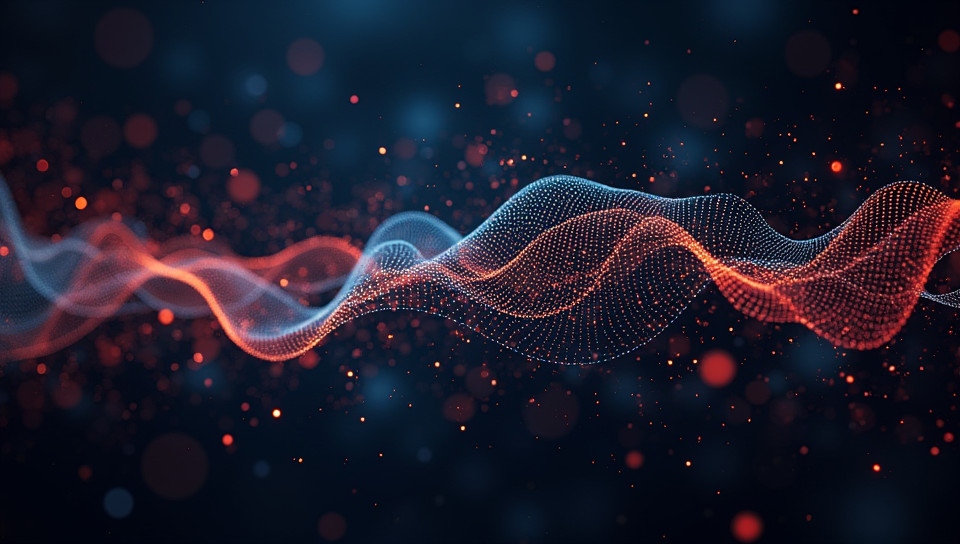Neural networks process musical patterns 95%

The Harmony of Code: How Neural Networks Process Musical Patterns
Imagine being able to compose music that is indistinguishable from the work of a human composer, or generating melodies that capture the essence of a particular style or era. This may seem like the stuff of science fiction, but it's actually a reality thanks to the power of neural networks. In this article, we'll delve into how these complex algorithms process musical patterns and what this means for the future of music composition.
The Basics of Neural Networks
Neural networks are a type of machine learning algorithm inspired by the structure and function of the human brain. They consist of layers of interconnected nodes or "neurons" that process and transmit information. In the context of music, neural networks can be trained on large datasets of musical patterns and then used to generate new music that is similar in style.
How Neural Networks Process Musical Patterns
So how do neural networks actually process musical patterns? The answer lies in the way they are structured. A typical neural network architecture for music processing consists of three main layers:
- An input layer that takes in audio data
- One or more hidden layers that process and transform this data
- An output layer that generates new music based on the transformed data
Within each layer, neurons are arranged in a specific pattern to process different aspects of musical patterns. For example, one neuron might be responsible for detecting melodic patterns, while another is tasked with identifying rhythmic patterns.
The Benefits of Neural Networks for Music Composition
So what benefits do neural networks bring to music composition? Here are just a few:
- Unlimited creativity: With the ability to generate new music based on patterns and styles, neural networks offer composers an unprecedented level of creative freedom.
- Efficient composition: Neural networks can generate music at a rate that would be impossible for humans, making them ideal for large-scale projects or those with tight deadlines.
- Improved consistency: By using patterns and structures identified by the network, composers can ensure a high level of consistency across their work.
Conclusion
The ability of neural networks to process musical patterns is opening up new possibilities for music composition. From generating original melodies to creating entire soundtracks, these algorithms are revolutionizing the way we think about music creation. As technology continues to evolve, it will be exciting to see what the future holds for this fascinating field.
- Created by: Eva Stoica
- Created at: Nov. 15, 2024, 11:41 a.m.
- ID: 15954

